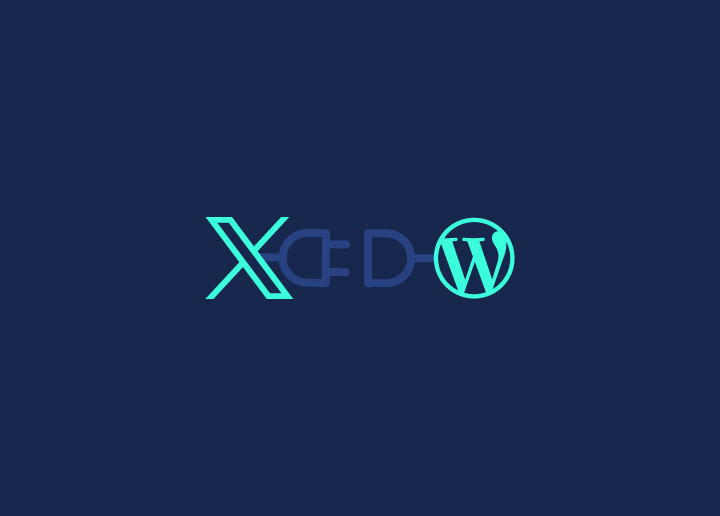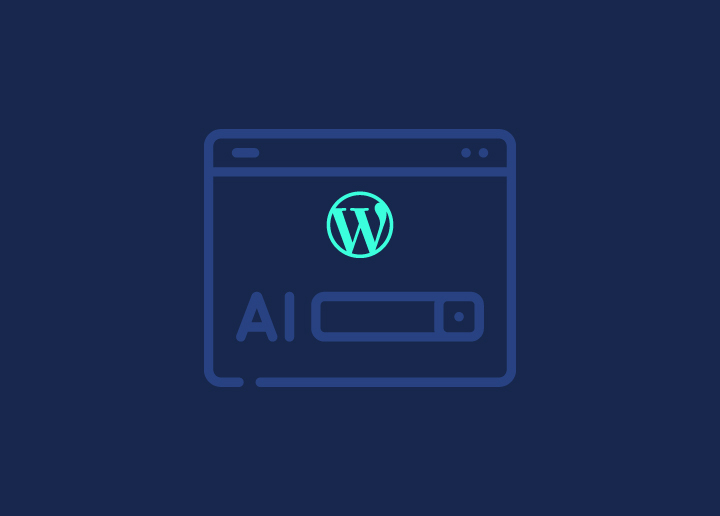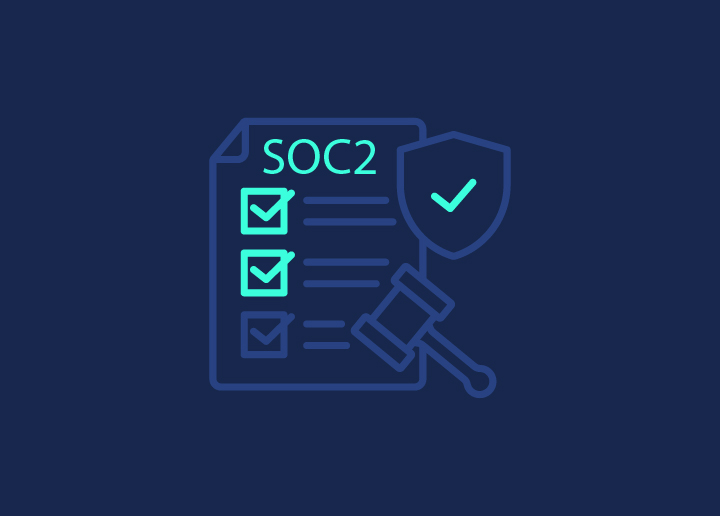Alright, let’s talk real estate—online real estate, to be precise. Ever wondered how some agents have those stunning websites where you can easily browse properties, book viewings, and even get a virtual tour? Spoiler alert: they probably used WordPress. Yes, the same WordPress that powers over 43% of all websites. It’s like the Swiss Army knife of web development—versatile, powerful, and surprisingly easy to use.
Imagine this: you’re sipping your morning coffee, checking out a sleek real estate site that has every detail you need at your fingertips. Now, picture that site being yours. Building a real estate website might sound like a complex task, but with WordPress, it’s more like assembling a piece of IKEA furniture—there’s a bit of effort involved, but the result is totally worth it. And hey, no tiny Allen wrenches required here.
In this guide, we’re going to walk you through the entire process of creating a jaw-dropping real estate website with WordPress. From picking the perfect domain name to optimizing your site for search engines, we’ve got you covered. So, grab that coffee, settle in, and let’s turn your vision into a virtual reality.
Learn: How To Transfer A Domain?
Contents
ToggleWhy WordPress for Real Estate Website? Facts That Speak Louder!
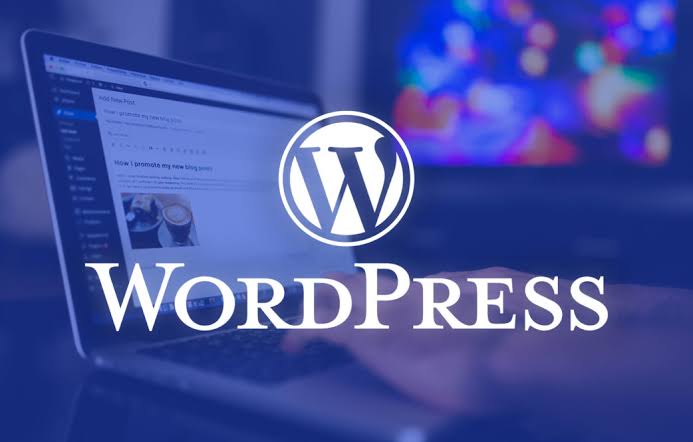
So, why should you choose WordPress for your real estate website? Let’s break it down with some hard-hitting facts that make the case clear:
Dominant Market Share: WordPress powers over 43.4% of all websites on the internet. That’s right—nearly half of the web runs on WordPress. It’s the go-to platform for everyone from bloggers to big businesses.
User-Friendly Interface: You don’t need to be a tech wizard to use WordPress. Its intuitive interface makes it easy to create, manage, and update your site, even if you’re a complete beginner.
Highly Customizable: With thousands of WordPress themes and plugins available, you can tailor your site to fit your exact needs. Real estate-specific themes and plugins make it a breeze to add property listings, search filters, and interactive maps.
SEO-Friendly: WordPress is built with SEO in mind. With plugins like AIOSEO, you can optimize your content to rank higher on search engines, driving more organic traffic to your site.
Responsive Design: Over 50% of web traffic comes from mobile devices. WordPress themes are responsive, meaning your site will look great on any device, from desktops to smartphones.
Secure and Reliable: With regular updates and a strong community of developers, WordPress is a secure and reliable platform. Security plugins can add an extra layer of security to keep your site safe from threats.
Cost-Effective: WordPress itself is free, and many themes and plugins are affordable or even free. This makes it a cost-effective solution for creating a professional real estate website without breaking the bank.
Integration Capabilities: WordPress integrates seamlessly with various third-party services like Google Analytics, social media platforms, and CRM tools. This means you can easily track your site’s performance and engage with your audience.
Community Support: With a massive community of users and developers, finding support and resources for WordPress is easy. Whether you need help with a plugin or advice on SEO, there’s always someone ready to assist.
In a nutshell, WordPress offers a powerful, flexible, and user-friendly solution for building a WordPress website. It’s no wonder so many real estate professionals choose it to showcase their properties and grow their business online.
Transform Your Real Estate Game with Our Expert Solutions!
Ready to elevate your real estate business? Our custom digital solutions are designed to help you attract more clients, close more deals, and grow your brand. Let’s make your success our mission.
Step-by-Step Guide to Create WordPress Real Estate Website
Creating a real estate website with WordPress can seem daunting, but breaking it down into steps makes it manageable and even fun! Here’s a detailed guide to get you from zero to a fully functional real estate WordPress site.
Step 1: Choose a Domain Name and Hosting
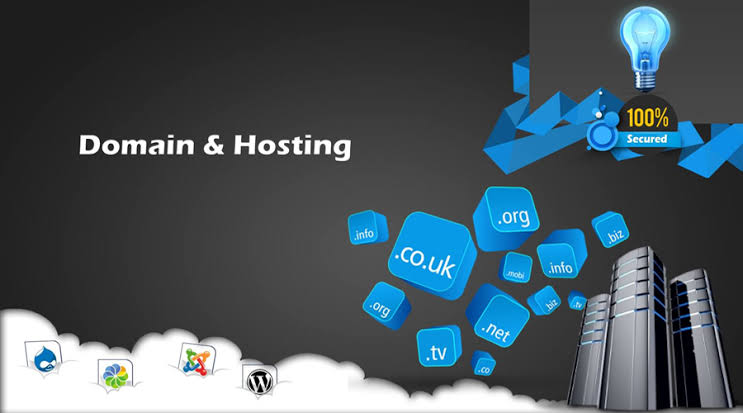
Your domain name is your online identity. Choose wisely! It should be memorable, easy to spell, and reflective of your brand. For example, if your agency is called “Sunset Realty,” a domain like sunsetrealty.com would be perfect.
For hosting, opt for reliable hosting providers such as DreamHost, Bluehost, or WP Engine. These companies offer excellent performance, security, and support. Plus, they make WordPress installation a breeze with one-click installs.
Step 2: Install WordPress
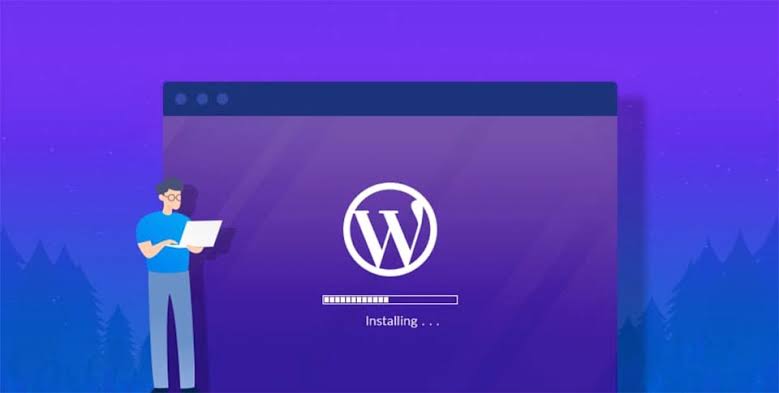
Once you have your domain and hosting set up, it’s time to install WordPress. Most hosting providers offer a simple one-click installation process. Within minutes, you’ll have access to your WordPress dashboard, the control center of your website.
Step 3: Choose a Real Estate Theme

Not all themes are created equal. Some may look good but lack essential features.
Opt for a real estate-specific theme & template like Property Agency, Interiordream, Estatery, and Decor. These themes come with built-in features such as property listings, search filters, and map integration. They’re designed to give your site a professional look while providing functionality tailored to real estate.
Step 4: Install Essential Plugins
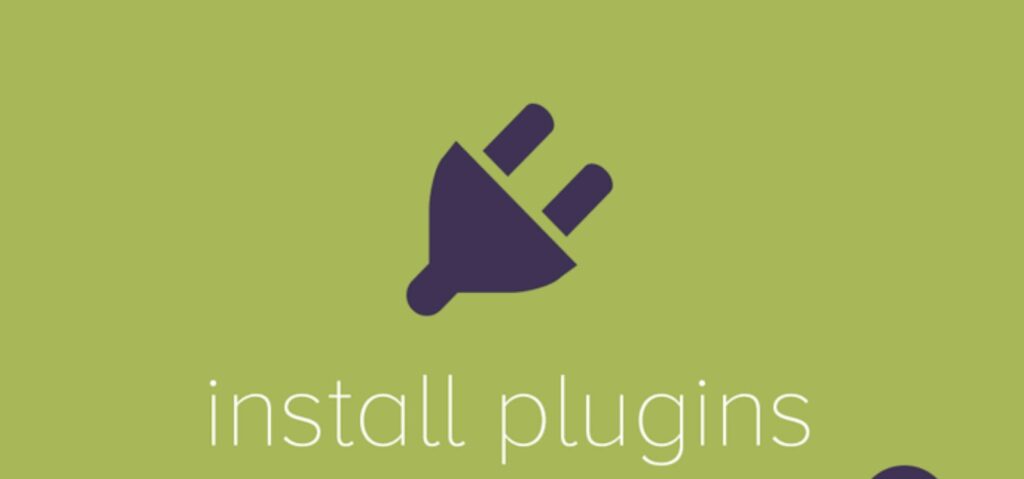
Plugins add functionality to your WordPress site. Here are some must-haves for a real estate website:
- Estatik: This plugin allows you to create and manage property listings, complete with details and images.
- AIOSEO: Helps optimize your content to rank higher on search engines.
- Contact Form 7: For creating easy-to-use contact forms so potential clients can reach out to you.
- WP Super Cache: Improves your site’s speed by caching static files.
Step 5: Create Property Listings
87% of homebuyers use the internet to search for properties. Your listings need to stand out! Create detailed property listings with high-quality images, accurate descriptions, pricing, and features. Use categories and tags to organize your listings by property type, location, and price range, making it easier for visitors to find what they’re looking for.
Step 6: Optimize for SEO

To ensure your site gets found by search engines:
- Use Keywords: Incorporate relevant keywords like “luxury apartments in New York” into your content.
- Write Meta Descriptions: These appear in search engine results and should entice users to click on your link.
- Create Quality Content: Regularly update your blog with articles on market trends, buying guides, and neighborhood highlights.
Find: Complete SEO Checklist
Step 7: Add IDX Integration
IDX (Internet Data Exchange) allows your site to fetch and display MLS (Multiple Listing Service) listings directly on your site. Plugins like IDX Broker or WP Listings make this integration seamless, providing up-to-date property information to your visitors.
Step 8: Make it Mobile-Friendly

Over 50% of web traffic comes from mobile devices. Ensure your site is responsive and provides a great user experience on all devices. Most modern WordPress themes are mobile-friendly, but it’s always good to test your site on various devices to make sure everything looks and functions perfectly.
Step 9: Engage with Your Audience
Engagement is key to building a loyal audience:
- Social Media Integration: Add social media buttons to your site to encourage sharing and to keep your audience engaged with your brand across platforms.
- Email Marketing: Use plugins like Mailchimp to collect email addresses and send newsletters with property updates and market news.
Step 10: Monitor and Improve
Use tools like Google Analytics to track your site’s performance. See which pages get the most traffic and which listings are the most popular. This data will help you continuously improve your site. Regularly update your content, test new features, and stay up-to-date with the latest WordPress and real estate trends.
By following these steps, you’ll create a professional, SEO-friendly real estate website with WordPress that attracts potential buyers and sellers. Ready to start building? Let’s make your dream real estate site a reality!
FAQs
How much does it cost to create a real estate website with WordPress?
The cost can vary depending on your choices for themes, plugins, and hosting. On average:
- Domain Name: $10-$15 per year
- Hosting: $5-$30 per month
- Premium Theme: $50-$100 (one-time fee)
- Essential Plugins: Many are free, but premium ones can range from $20-$100.
Overall, expect to spend around $100-$500 in the first year.
Do I need to know how to code to create a WordPress real estate website?
No, you don’t need coding skills. WordPress is designed to be user-friendly, with many drag-and-drop themes and plugins available. However, basic knowledge of HTML and CSS can be helpful for customization.
Can I add a booking feature to my real estate website?
Yes, you can add a booking feature using plugins like WP Simple Booking Calendar or Booking Calendar. These plugins allow visitors to schedule property viewings or appointments directly from your site.
How can I make my real estate website stand out?
High-quality images, detailed property descriptions, virtual tours, and a blog with valuable content can make your site stand out. Additionally, ensuring your site is mobile-friendly and optimized for SEO will improve user experience and search engine rankings.
How do I keep my WordPress site secure?
Regular updates and security plugins are key to keeping your site secure. Plugins like Wordfence Security and Sucuri Security offer comprehensive protection against threats. Additionally, choose a reliable hosting provider that offers robust security measures.
Can I switch themes after my site is live?
Yes, you can switch themes, but it may require some adjustments to ensure everything looks and functions correctly. Always backup your site before making significant changes.
What type of content should I include on my real estate website?
Besides property listings, consider adding:
- Blog Articles: Topics can include market trends, buying/selling tips, and neighborhood guides.
- Testimonials: Showcase reviews from satisfied clients.
- Virtual Tours: Offer 360-degree tours of properties.
- Videos: Property walkthroughs and agent introductions.
Conclusion
Building a real estate website with WordPress might seem like a big project, but with the right approach, it’s entirely achievable—and incredibly rewarding. From choosing a domain name and reliable hosting to customizing your site with the perfect theme and essential plugins, every step you take brings you closer to having a professional, user-friendly website that stands out in the competitive real estate market.
Remember, your website is more than just a digital business card; it’s a dynamic platform where potential buyers and sellers can explore properties, engage with your content, and connect with you. By optimizing for SEO, integrating IDX, and ensuring mobile-friendliness, you’ll not only attract more visitors but also provide them with a seamless browsing experience.
Stay engaged with your audience through social media and email marketing, and continuously monitor your site’s performance to make data-driven improvements. With persistence and the powerful tools WordPress offers, you’ll create a site that not only meets your business goals but also delivers real value to your clients.








